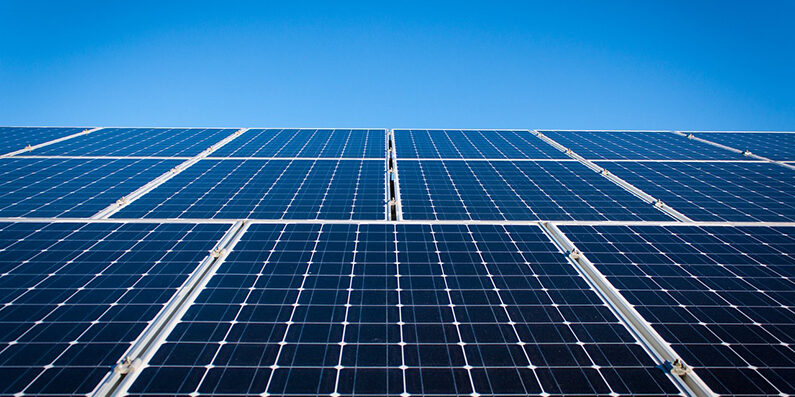Namibia boasts over 100 GW of wind potential, abundant sunlight averaging 10 hours per day, and significant hydropower potential exceeding 10,000 GWh annually.
To harness these resources, the country is embarking on a renewable energy journey, aiming to achieve 70% electricity generation from renewables and near-universal electricity coverage by 2030.
The upcoming Namibia International Energy Conference (NIEC) in Windhoek will play a pivotal role in supporting this transition.
By connecting investors with clean energy opportunities, the conference will explore Namibia’s potential to become a renewable technology manufacturing hub, in line with the country’s National Renewable Energy Policy.
Several notable renewable projects are already underway. Solarcentury Africa’s 60 MW SolNam solar project and O&L Nexentury’s 100 MW solar plant near Windhoek are expected to achieve significant milestones by Q4 2024.
Additionally, agreements for a 50 MW wind power plant in Lüderitz and the 600 MW Baynes hydroelectric plant on the Kunene River are set to bolster Namibia’s renewable energy capacity.
Namibia’s solar photovoltaic (PV) manufacturing capabilities position it as a cost-competitive player in the region.
With manufacturing costs comparable to China’s and abundant critical mineral deposits, Namibia has the potential to become a hub for solar panel manufacturing and other renewable energy technologies.
As demand for renewable components grows, Namibia’s focus on green industrialization could stimulate exports and reduce reliance on imports.
Tax incentives for renewable energy products and investments in manufacturing infrastructure would further bolster the sector, benefiting both Namibia and neighboring countries like Angola.
Moreover, Namibia’s expertise in solar panel manufacturing lays the groundwork for developing electric vehicle (EV) manufacturing capabilities.
Plans to convert light vehicles to battery EVs by 2025 demonstrate the country’s commitment to sustainable transportation.
The potential for Namibia to become a regional renewable energy hub is vast, offering opportunities for economic growth, job creation, and technology development.
NIEC 2024 will provide a platform to explore these opportunities and chart Namibia’s course towards a sustainable energy future.
![]()




